Topaz DeNoise Review: Best AI Noise Reduction Tool for Photographers
Photographers often encounter the challenge of noisy, grainy images, especially in low light or when using high ISO settings. Fortunately, Topaz DeNoise offers a solution. Unlike basic filters or blur tools, Topaz DeNoise is designed to eliminate noise while preserving essential details like texture and edges.
This comprehensive review explores how effectively Topaz DeNoise performs, its key features, and its suitability for both novice and seasoned photographers.
Understanding What Topaz DeNoise Really Does
Topaz DeNoise excels at reducing image noise while maintaining the texture and sharpness that make photos authentic. Many noise reduction tools fall short, either leaving noise behind or creating unrealistic smoothness. DeNoise employs machine learning models, trained on thousands of photos, to distinguish between noise and detail. This is not guesswork; it’s sophisticated pattern recognition.
The user interface is intuitive and simple. Load your photo, and the app suggests the best settings. However, you can choose from five different models: Standard, Clear, Low Light, Severe Noise, and RAW. The RAW model is particularly valuable for working with high-resolution files, as it understands raw sensor data.
Manual control is available through sliders for noise reduction, detail recovery, and sharpening. You can fine-tune the settings, and the real-time preview feature offers a side-by-side comparison, highlighting the improvements in your image.
How Does It Perform in Real-World Use?
Topaz DeNoise is not only intelligent but also fast, making it suitable for efficient workflows. While speed isn’t everything, it’s crucial when editing multiple images. The software processes each image in about 10–20 seconds, depending on your hardware and file size. It’s reliable and handles larger files without crashing.

The results are impressive. In high-ISO photos, grain is almost entirely removed without losing image depth. Skin texture, hair strands, and fabric details remain intact. Landscapes retain their micro-contrast, preserving depth. The software rarely overcorrects, and any warnings are displayed in the preview when sliders are maxed out.
Batch processing is a standout feature. You can process multiple noisy files simultaneously, applying consistent settings. This is a time-saver for photographers working with uniform lighting or camera settings, such as those shooting wildlife, events, or sports.
Where It Fits in the Workflow and What You Need to Know
Topaz DeNoise is not a standalone replacement for Lightroom or Photoshop; it complements them. Typically used post-RAW conversion or pre-final sharpening, it integrates smoothly with Adobe products as a plugin or standalone app. Edits can be transferred back to your main editor without quality loss. It works well with other Topaz apps like Sharpen AI or Gigapixel AI for restoration or upsizing projects.
Learning to use the software is quick. Most users can achieve results by loading an image, selecting the appropriate model, and adjusting sliders. The learning curve is minimal, appealing to both casual and professional users. Professionals can tailor noise reduction to specific shooting conditions, such as using the Low Light model for wedding receptions or Severe Noise for wildlife photography.
While system requirements are reasonable, a strong GPU enhances performance. The AI models are resource-intensive, and a modern graphics card improves processing speed and preview updates.
Comparing Topaz DeNoise to Traditional Noise Reduction Tools
Traditional noise reduction tools often use blurring techniques that reduce grain but also soften details, resulting in flat images. These methods struggle with mixed lighting and complex textures. Topaz DeNoise, however, uses AI-driven models to differentiate between image content and noise, applying localized adjustments that preserve sharpness and texture. This is particularly effective for RAW files and high ISO shots, where traditional tools often fail.
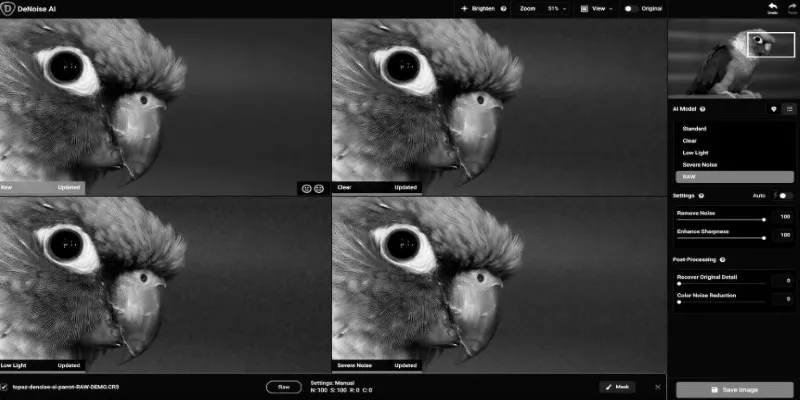
Whether editing portraits or landscapes, DeNoise maintains natural-looking photos without compromising clarity. It doesn’t just improve upon older methods; it often renders them obsolete. For both professionals and hobbyists, it’s a significant upgrade in any post-processing workflow.
Conclusion
Topaz DeNoise emerges as a reliable AI tool for reducing image noise without sacrificing detail. Its intelligent models, user-friendly interface, and robust performance make it a valuable asset in photo editing workflows. Whether you’re a hobbyist or a professional, it delivers results that traditional tools struggle to match. With its one-time purchase model and regular updates, it’s a worthwhile investment for those who prioritize detail and clarity in their images.
Related Articles

AI Job Search Tips
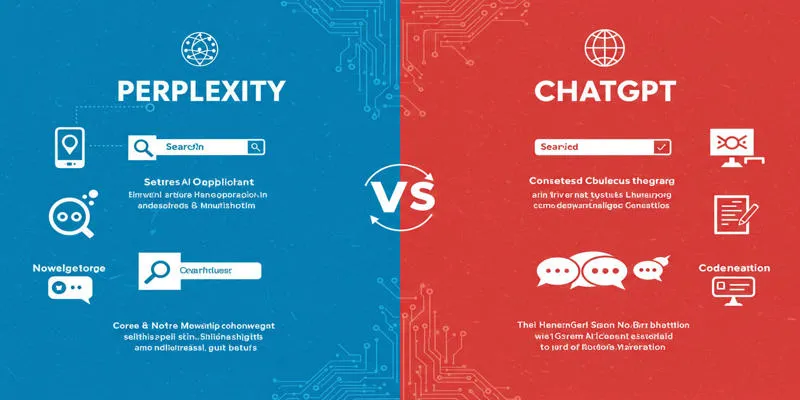
Perplexity vs. ChatGPT

The 9 Best AI Recruiting Tools
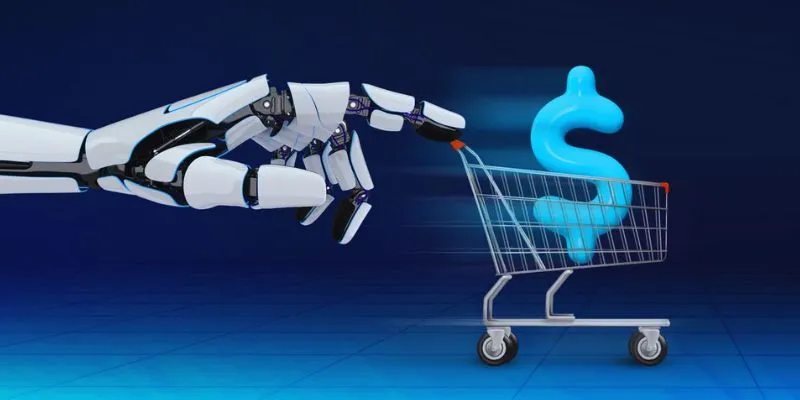
6 Ways Businesses Are Using AI in eCommerce to Stay Competitive

Streamline Your Workflow with the 9 Best AI Meeting Assistants in 2025
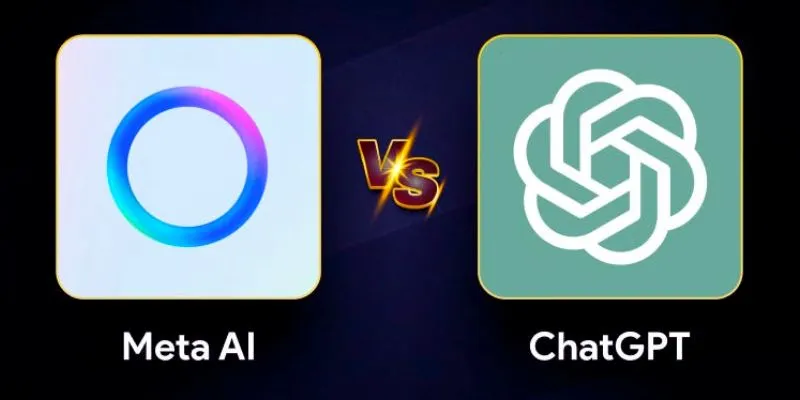
Meta AI vs. ChatGPT: Key Differences and Which Is Better for You

The 6 Best AI App Builders in 2025 for Fast, No-Code Development

The Best AI Chatbots in 2025 to Power Conversations and Save Time

Discover the Best AI Image Generators to Bring Your Ideas to Life in 2025

Writesonic vs. Jasper
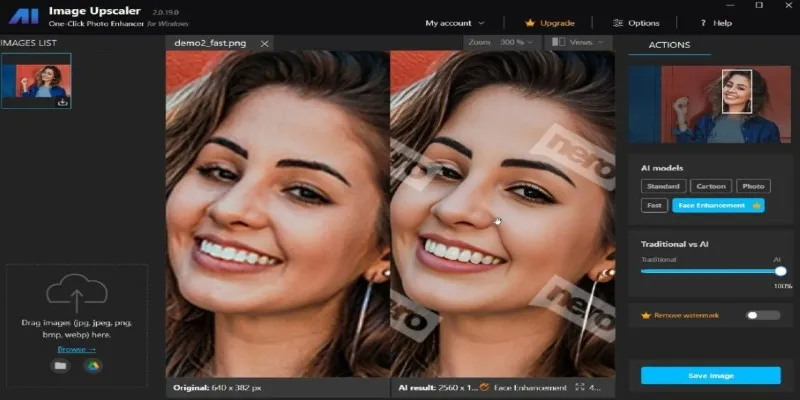
Nero AI Image Upscaler Review 2025: The Future of Image Enhancement

How to Simplify Marketing: The 12 Best AI Tools for Social Media Management
Popular Articles
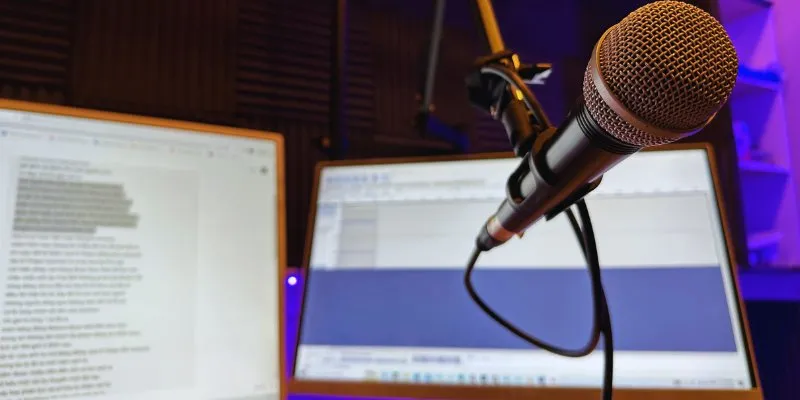
The Best Dictation Software: Transforming How You Work and Communicate

LastPass vs. 1Password: A Guide to Choosing the Best Password Manager

PowerToys 0.89.0: Enhancements in Media Transcoding and More

KineMaster Video Editing App Review: A Mobile-Friendly Powerhouse

Best Generative AI Platforms for Creative Work in 2025

Top 8 Screen Recorder Apps for Effortless Video Recording
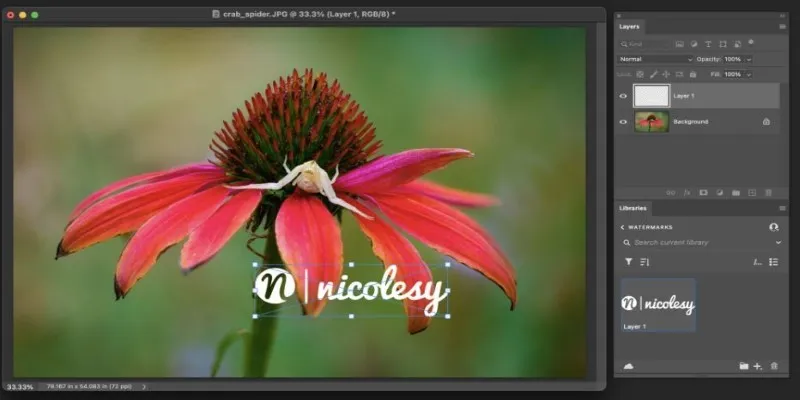
Add Watermarks to Your Photos: 3 Best Solutions for Protection
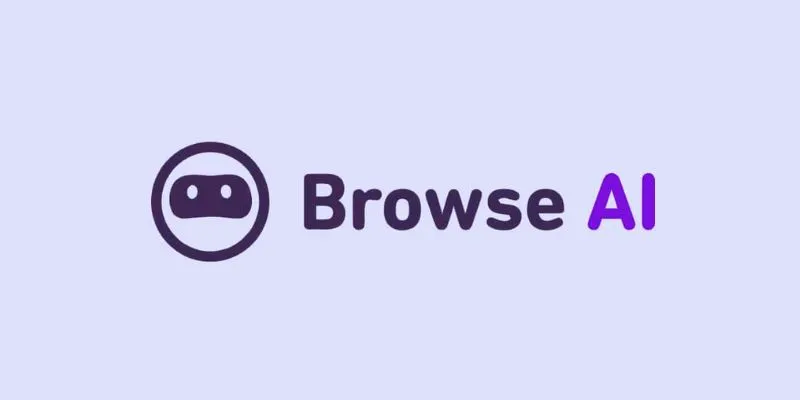
How to Use Browse AI to Scrape Data from Any Website: A Step-by-Step Guide

Top 2 Methods to Force WordPress Users to Create Strong Passwords
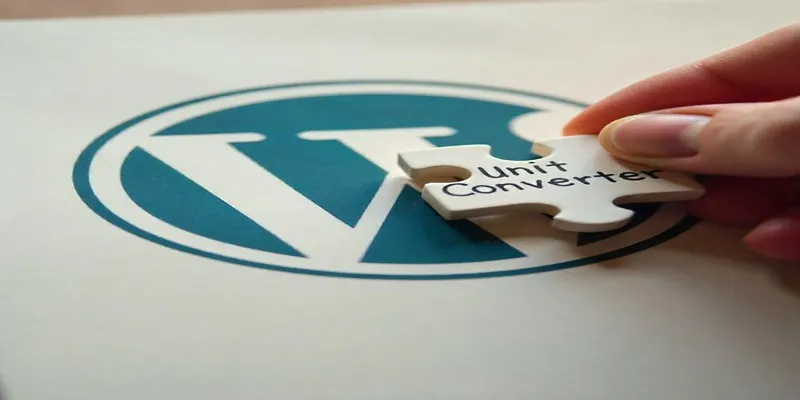
Understanding and Implementing Unit Conversion in WordPress
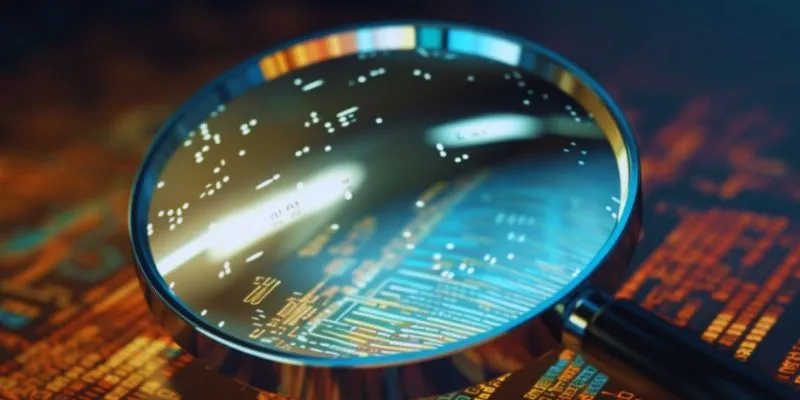
Spotting AI-Generated Content: The Best Detectors You Need to Know

 mww2
mww2